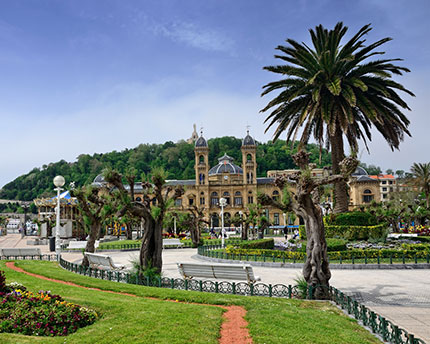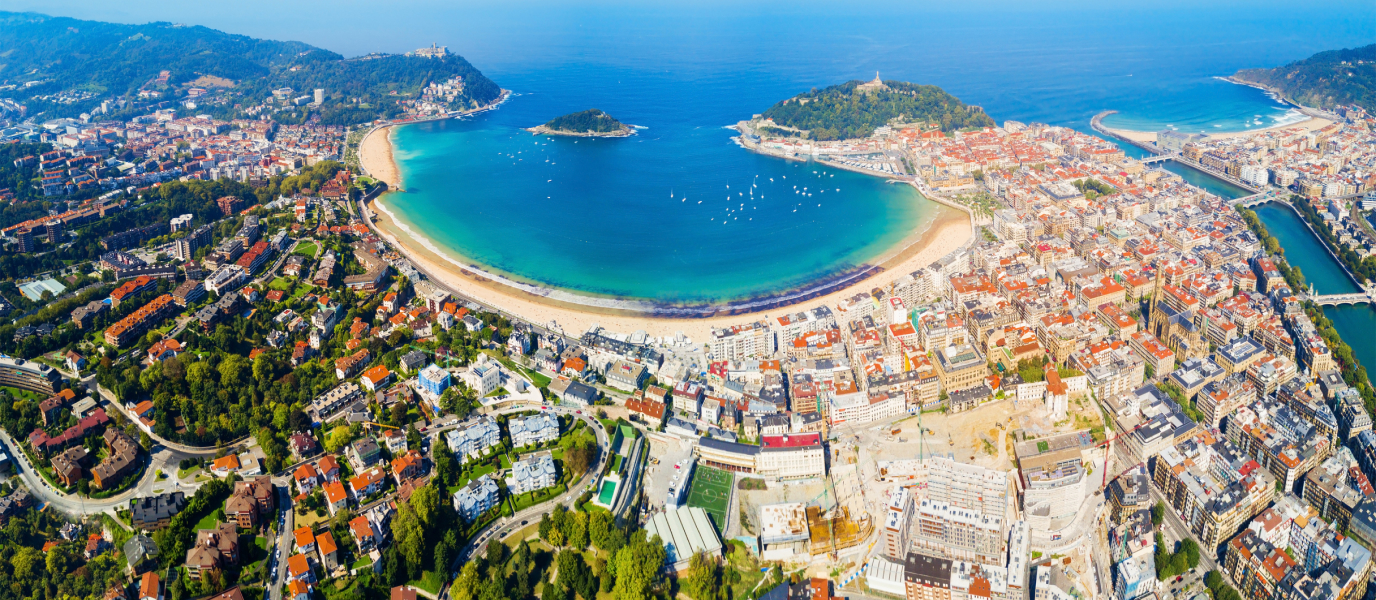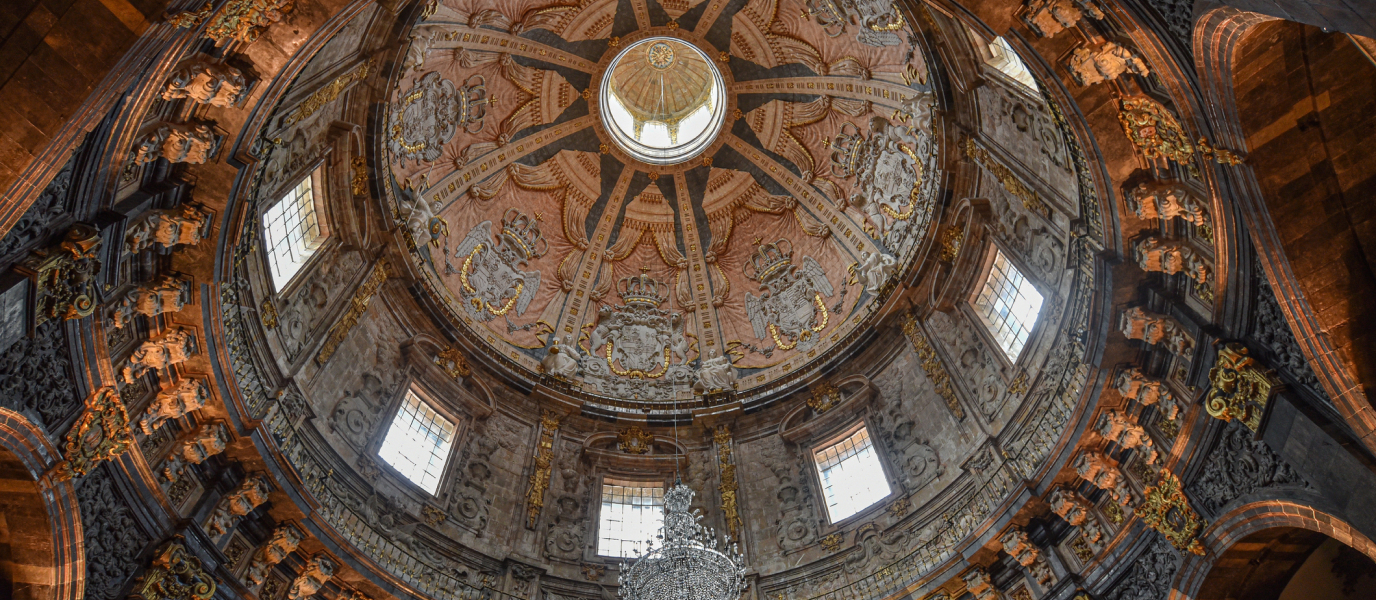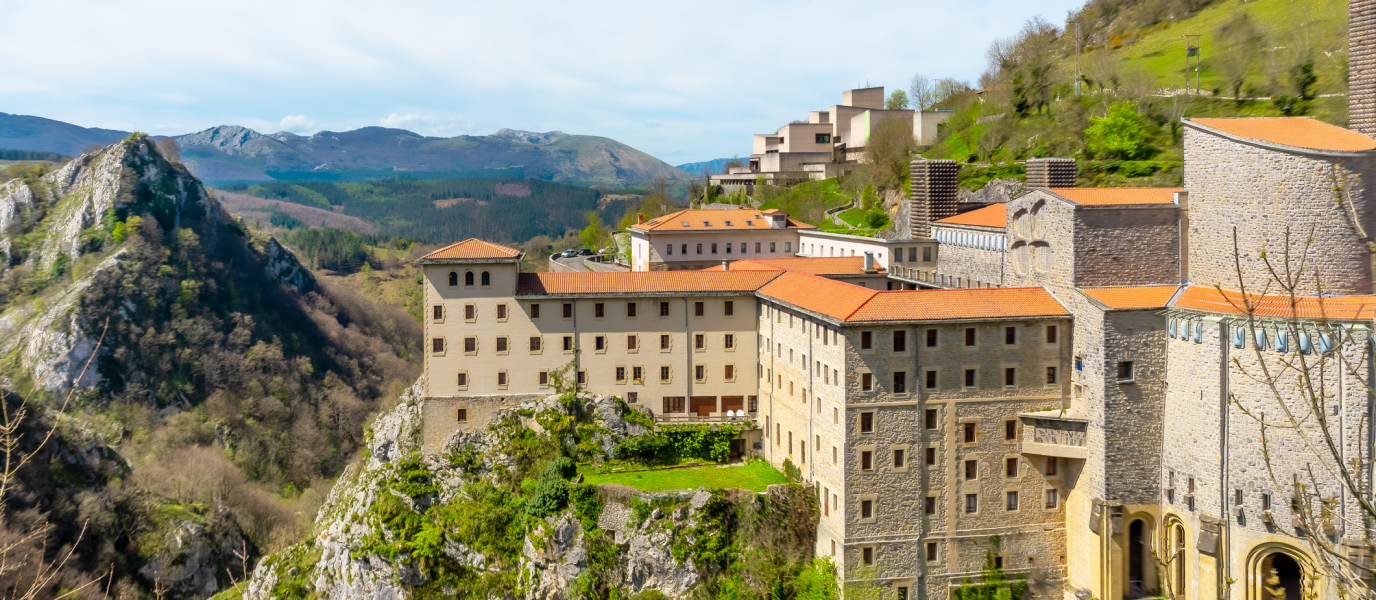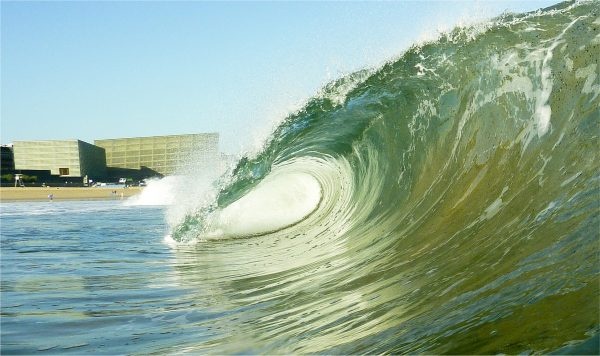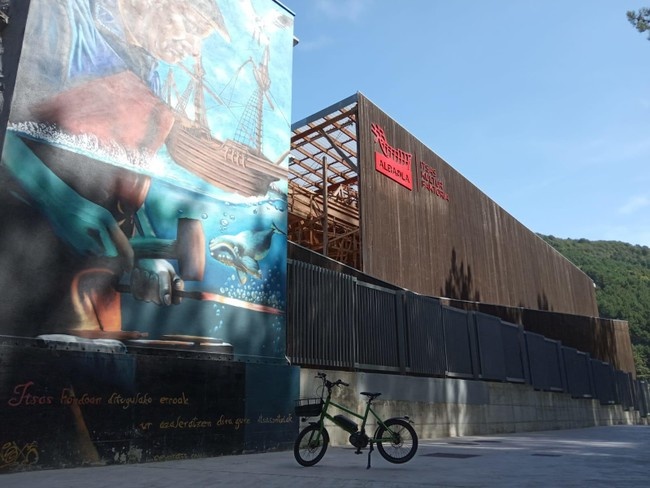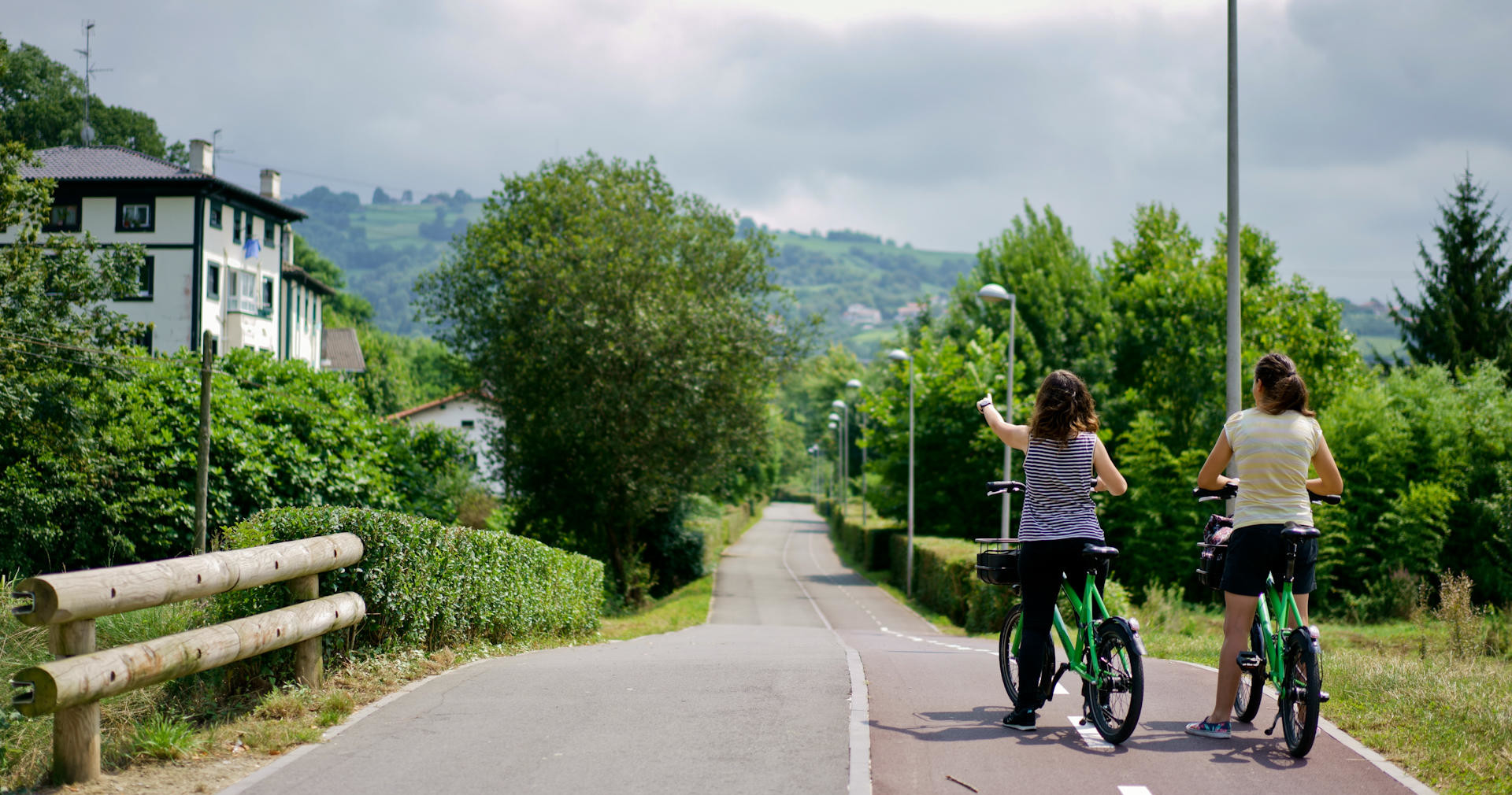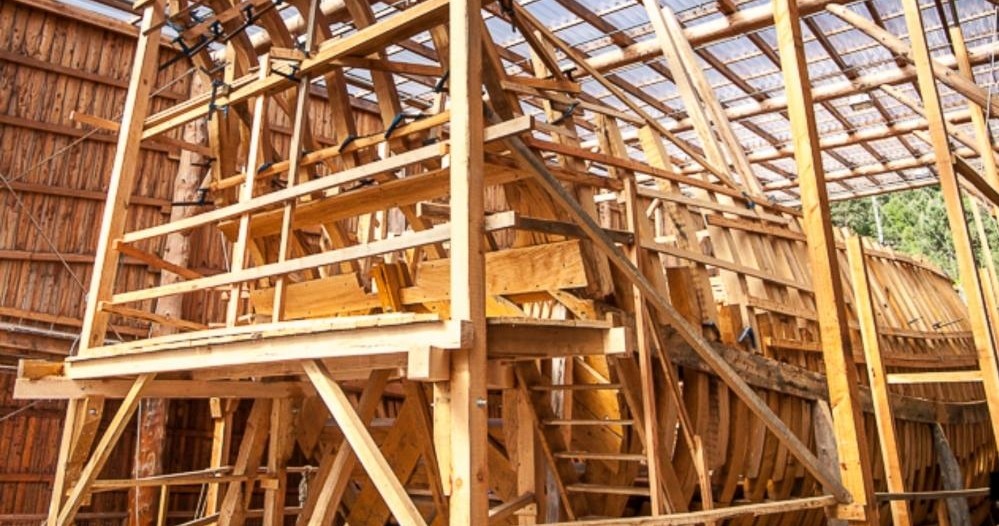When walking past the Town Hall of San Sebastián (Donostia in Basque), it’s hard not to stop and stare at what is one of the most emblematic and majestic buildings in the Basque capital. The Town Hall is situated next to the Alderdi Eder gardens (Basque for ‘the beautiful part’) and Playa de la Concha and occupies the palace building that housed the city’s Gran Casino from 1887 to 1924. Long before the mayors of San Sebastián governed from within these walls, the most influential people from across Spain and Europe came here to gamble their riches at the roulette tables. That is, until the gambling ban in the 1920s brought the casino to a close.
To discover why San Sebastián came to have a luxury casino in the first place, we have to go back to the time of Queen Isabel II. The monarch decided to move her court to San Sebastián in summer where, following doctor’s orders, she could bathe in the sea to treat her skin problems. The presence of Queen and court changed the city’s identity, turning it into the most fashionable and chicest holiday destination of the 19th century. In short, San Sebastián became a magnet for the aristocracy.
The Town Hall in ‘little Paris’
The walls around San Sebastián were pulled down during this period to allow for urban expansion. This marked the beginning of the city’s age of splendour, coinciding with the early years of the Belle Époque. Other grand buildings erected in San Sebastián around then were the María Cristina hotel, the Victoria Eugenia theatre, the Catedral del Buen Pastor, the Peñaflorida Institute and the Escuela de Artes y Oficios. Together with the new tram, electric lighting and telephone network, these extravagant buildings boosted the city’s prestige and led to the nickname ‘little Paris’.
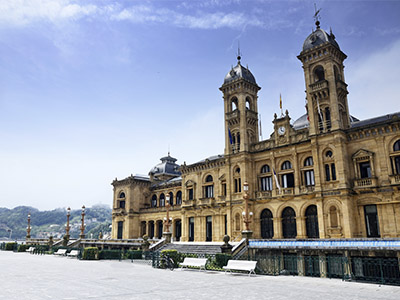
Following the death of Alfonso XII in 1885, his widow the Queen Regent María Cristina kept up the tradition of summering in San Sebastián and further contributed to the city’s development, so much so that the Town Hall named her honorary mayoress. Construction works on the current Town Hall got under way around that time. The architects behind the building, Luis Aladrén and Adolfo Morales de los Ríos, took inspiration from the casino in Monte Carlo.
The inauguration ceremony on July 1st 1887 was attended by Queen María Cristina, the royal children Carlos, Luisa and Rainiero, and Prince Pío de Saboya. The casino floor was subsequently graced with the presence of such high-profile figures as the Shah of Persia, León Trotsky and Baron Rothschild. According to some historians, the casino banned berets and espadrille shoes and was therefore frequented by very few locals.
Mata Hari in the Gran Casino
During the First World War, the casino building took in not only European political refugees but spies, among them the Dutch exotic dancer Mata Hari. Rich landowners fleeing the war also sought refuge in this beautiful city in northern Spain.
Just when the casino was at its peak of international renown, the 1924 gambling ban set a course towards decline. The Centro de Atracción y Turismo opened in the former casino on April 14th 1928 before moving its offices to a building adjoining the María Cristina hotel.
During the Belle Époque, the ballroom in the Gran Casino (now the legislative chamber of the Town Hall) hosted illustrious political figures, writers and artists whose spectacular parties were attended by the European bourgeoisie and aristocracy who summered in San Sebastián. It was the place to be.
Civil War bullet holes
The Town Hall building suffered the ups and downs of the Spanish Civil War and bore witness to infamous battles between the Nationalist forces and the Republicans. Study the outside wall patiently and you’ll find bullet holes from a bloody clash that took place nearby.
In 1943, architects Alday and Arizmendi redesigned the casino to accommodate the headquarters of the Town Hall, which moved to the building in 1947 from its former premises in the Plaza de la Constitución. The current Town Hall building sits right next to the Real Club Náutico and backs onto the old town, meaning it’s impossible to miss it during your trip to San Sebastián.
On June 10th 1978 the gambling ban was lifted and the pursuit returned to the city, this time in the Nuevo Gran Casino del Kursaal.
Make sure you visit the Town Hall building during your visit to San Sebastián. It won’t disappoint!





























































